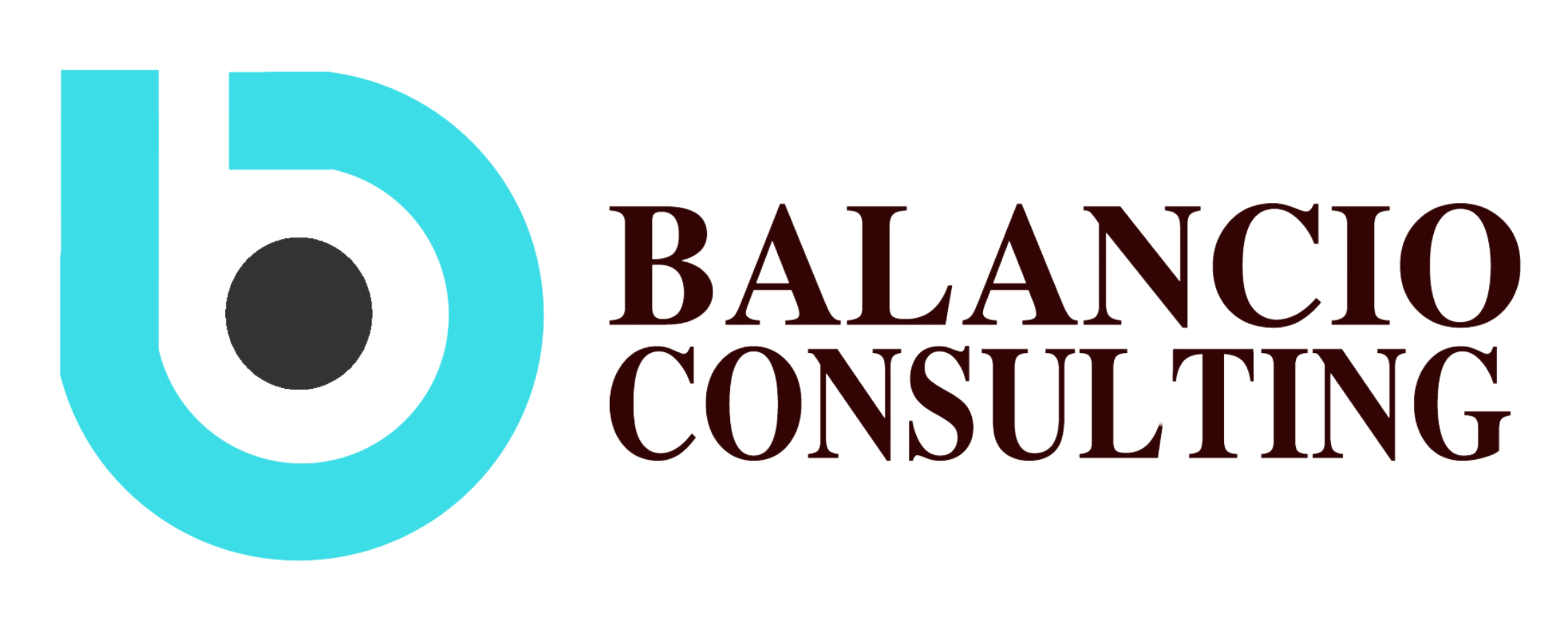
Want your business to thrive in a competitive market? One of the key strategies to ensure success is sales forecasting. This essential practice helps you predict future revenue, allocate resources effectively, and make informed decisions. In this guide, you’ll discover what sales forecasting is, why it’s vital for your business, and step-by-step instructions to implement it successfully.
What Is Forecasting and Sales Forecasting?
Forecasting refers to the practice of predicting future outcomes based on historical data, trends, and analysis. It’s a widely used method in various fields such as finance, economics, and supply chain management to make informed decisions.
Sales forecasting, specifically, is the process of estimating future sales over a specific period. This involves analyzing past sales data, market conditions, and internal business strategies to predict revenue. It’s an essential tool for aligning production, marketing, and resource allocation with expected demand.
Why Is Sales Forecasting Important?
Sales forecasting offers numerous benefits that are critical to a business’s success:
- Better Resource Allocation: By predicting sales, businesses can allocate resources like inventory, manpower, and budget more effectively.
- Informed Decision-Making: Accurate forecasts provide a reliable foundation for strategic decisions, such as market expansion or product launches.
- Risk Mitigation: Forecasting helps identify potential risks, such as seasonal fluctuations or economic downturns, allowing companies to prepare accordingly.
- Improved Cash Flow Management: Understanding future revenue helps in planning expenses and ensuring sufficient liquidity.
- Enhanced Team Alignment: Sales forecasts provide clear goals for sales and marketing teams, fostering collaboration and accountability.
Step-by-Step Guide to Sales Forecasting

Sales forecasting is essential for estimating future revenue using historical data, market trends, and key influencing factors. Accurate forecasts help businesses optimize resources, predict customer demand, and make informed strategic decisions. Here’s a concise guide to effective sales forecasting:
1. Identify the Products or Services to Be Sold
The first step in sales forecasting is to determine the products or services you plan to project sales for.
- Create a Comprehensive List: Document all the products or services you intend to sell within a specific time frame. Include details such as product categories, target market segments, and price variations.
- Conduct Market Research: For new products, perform market research to understand customer needs, market demand, and trends. Also, analyze competitor activities to gauge potential opportunities.
Understanding your product portfolio is the foundation for building an accurate forecast.
2. Analyze Historical Data
Historical data serves as the backbone for creating a reliable sales forecast.
- Gather Sales Data: Collect previous sales data for weekly, monthly, or yearly periods. Ensure this data includes relevant metrics such as sales volume, revenue, and seasonal trends.
- Use Sales Run Rate: Analyze historical data to establish an average sales run rate, which can serve as a benchmark for future projections.
Analyzing historical data provides insights into past patterns and the impact of external and internal factors on sales performance.
3. Estimate Sales Volume
Once you’ve analyzed historical data, the next step is to estimate the sales volume for the upcoming period.
- Consider Historical Factors: Use historical data to create an initial estimate.
- Account for Seasonality: Identify seasonal patterns that may influence sales, such as spikes during holidays or slow periods in certain months.
- Analyze Current Market Trends: Leverage insights into customer preferences, technological advancements, and policy changes that might affect demand.
- Incorporate Internal Changes: Reflect on new strategies such as marketing campaigns or product launches that could influence sales figures.
This step ensures that your sales estimates are realistic and aligned with both past and current market conditions.
4. Include External and Internal Factors
When creating a sales forecast, it’s essential to account for factors beyond raw sales data that could impact results.
External Factors:
- Market Trends: Are there significant changes in customer preferences or market needs?
- Competitor Activities: Monitor competitors’ strategies, such as promotions, new product launches, or discounts.
- Economic Changes: Consider factors like inflation, recessions, or government regulations that may influence consumer purchasing power.
Internal Factors:
- Pricing Strategies: Evaluate whether price adjustments could increase sales volume or impact profit margins.
- Marketing Campaigns: Assess the effect of ongoing promotional efforts on demand.
- Distribution Expansion: Account for the opening of new sales channels or market territories.
Incorporating these factors ensures your forecast is comprehensive and well-rounded.
5. Calculate Sales Revenue
After estimating sales volume, the next step is to calculate projected revenue.
- Basic Formula: Multiply the estimated number of units sold by the selling price per unit for each product or service.
- Price Variations: If products have different pricing tiers (e.g., discounts or promotions), create scenarios with varied assumptions.
Example: If you expect to sell 1,000 units at an average price of $100, the projected sales revenue is $100,000.
6. Leverage Technology for Validation and Simulation
Modern technology can significantly enhance the accuracy and efficiency of your sales forecasting process.
- Use Forecasting Tools: Tools like Excel, or AI-based software can help process large datasets and generate precise projections.
- Scenario Planning: Simulate various scenarios, such as best-case, worst-case, and average-case, to prepare for different outcomes.
By integrating technology, you can save time and improve the reliability of your forecasts.
7. Monitor and Evaluate
Sales forecasting is an ongoing process that requires continuous monitoring and adjustments.
- Conduct Backtesting: Compare forecasted figures with actual sales data to identify discrepancies.
- Evaluate Accuracy: Analyze the factors contributing to differences between forecasts and actual performance.
- Refine Assumptions: Use insights from evaluations to refine forecasting methods and assumptions for the next cycle.
Conclusion
Creating an accurate sales forecast is a blend of data analysis, market understanding, and technological support. By following these steps, businesses can predict sales more effectively, make informed strategic decisions, and stay ahead of market fluctuations.
Sales forecasting not only optimizes operational efficiency but also provides a competitive edge for your business. Start implementing these steps today and refine your process over time for even greater success. If you find the process of creating a sales forecast challenging, Balancio Indo is here to help. Our team of experts is ready to guide you through every step, ensuring accurate and actionable forecasts tailored to your business needs. Contact Balancio Indo today and take your business forecasting to the next level!












